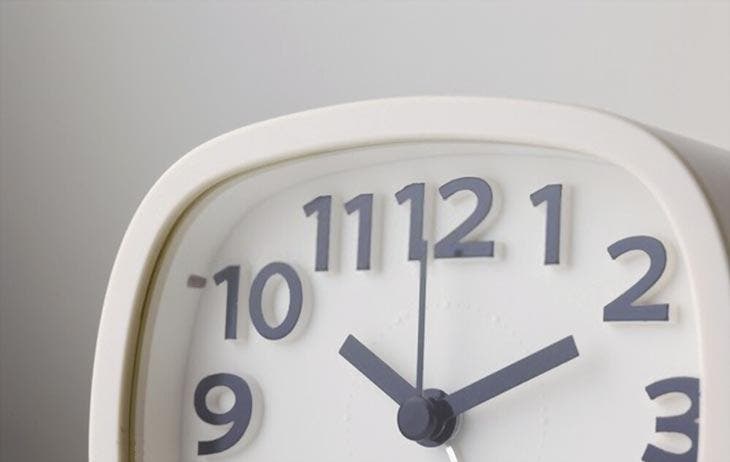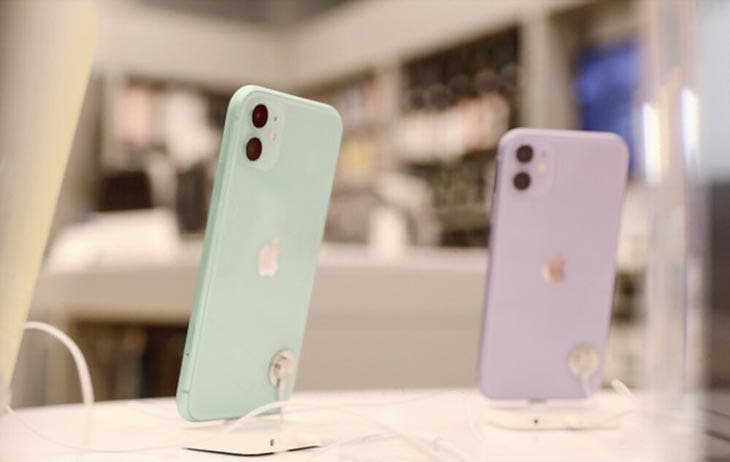Why are watches usually set to 10:10?

Almost all watch and clock manufacturers have given themselves the word to present their products set at the same time: the small hand is on the number ten, the large on the two. Oddly, if you observe carefully, this position forms a wide V that even recalls a smile. Hold on, look at your watch right now and you’ll see what we’re talking about. It’s funny, but it is. So this fun little trompe-l’oeil would serve to encourage us more to buy a watch? It seems that manufacturers use this advertising strategy to attract customers. But is the desired result fully met? And isn’t there another explanation for this practice?
Ingenious selling point?
It seems that this strategy is not really working. As proof: a study carried out in 2007 by the University of Jena was not really conclusive with regard to these “smiling” watches. The psychology students performed a preference test on 115 subjects who had the choice between watches positioned at 10:10 and others revealing an opposite position. As a result, the majority chose neither the “smiling” nor the “sad” dial. So, apparently, this is not as attractive an argument as we think.
What is really behind this precise setting?
In fact, this sales ploy dates back to the 60s. It was the famous Japanese watch brand Seiko who came up with the idea and ordered that its watches be set exactly to ten hours, eight minutes and 42 seconds in all advertisements. What incredible precision! This information is confirmed in the book “Japanese Times” by Florian Coulmas, a scientist at the German Institute of Japanese Studies in Tokyo. But then, is there a logical explanation for this position of the needles? Is it a cultural or aesthetic reason or is it just a purely advertising tactic? In fact, nothing has really been clarified on the subject. The mystery is therefore not totally solved. Nevertheless, in the face of unmistakably renowned Japanese expertise, manufacturers around the world have largely followed suit and set their clocks in a similar way.
Another plausible explanation
To decide on this case, it is Andrew Block, former vice-president of Tourneau watchmaking, who would have given a more valid reason to the New York Times. It turns out that in this position, the hands do not hide the manufacturer’s brand logo or other important details like the date display. Indeed, this explanation seems more logical in the end.
9:41 a.m.: iPhones also have a uniform time

And by the way, what about iPhones? Like clocks, their in-store screens also mostly display a recurring schedule, precisely 09:41. Have you ever seen it? Why would Apple have chosen to also establish a precise schedule on all its smartphones on the shelves? The explanation is simpler: for this, we must take a leap into the past, more precisely in 2007. That day, January 9, Steve Jobs unveiled to the world his very first iPhone. And, the press conference started exactly at 9:40 a.m. One minute later, the Smarthone was exposed live to the public!
You should know that Apple’s “keynotes” (presentations) have always been organized down to the smallest detail. Steve Jobs was rightly known for his legendary perfectionism. In other words, the timing of the iPhone’s public launch was no coincidence. Oh well, how so? Traditionally, every Apple keynote starts precisely at 9 a.m. local time. And already at the time, about forty minutes were planned to present the balance sheet of the past year. So that’s why iPhones always display the time at 9:41 a.m. when displayed on their displays.





